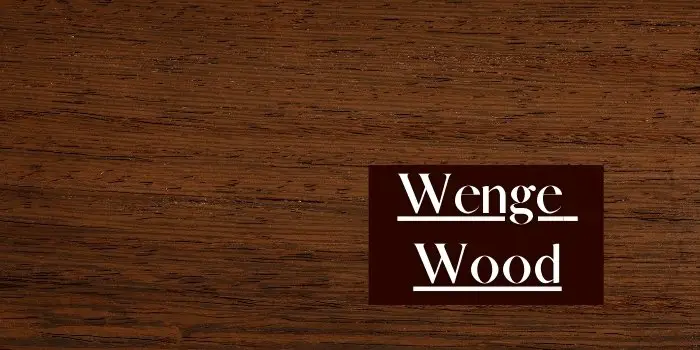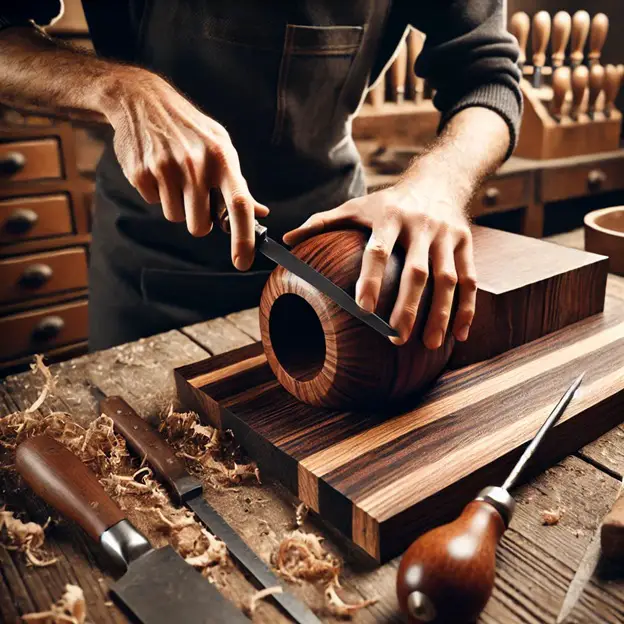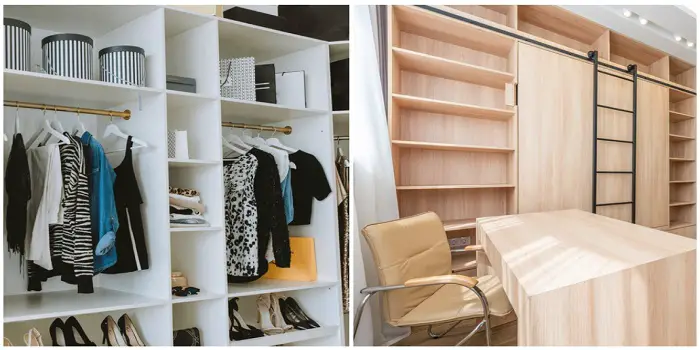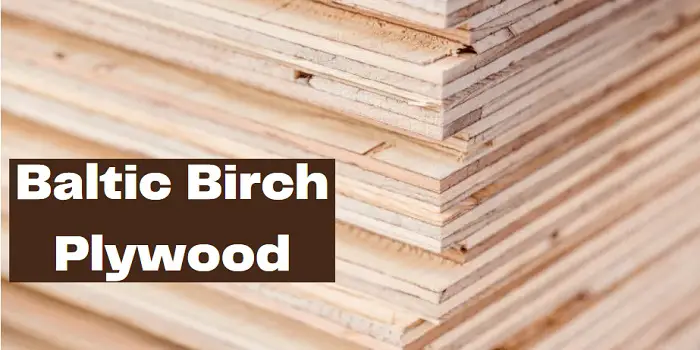
Wenge wood is one of the more popular types of wood used for the creation of furniture, paneling, and veneer. However, because of the lack of new trees, it has become an endangered species.
Originating in Central and West Africa, Wenge wood comes from a rather large tree that grows well over 60’ in height and over 3’ in trunk diameter.
Interestingly enough, despite featuring plenty of attributes on its own, its dark coloring has helped promote the use of Wenge wood as a substitute for ebony.
In fact, it may have been the difficulty in obtaining ebony that led to the popularity of Wenge wood around the world.
It is considered an exotic species that is also known as dikela, bokonge, and African rosewood, just to name a few.
Its advantages are considerable, its beauty unmistakable, but its demand has heavily outstripped supply as more than half of all known Wenge wood trees have been harvested, with a relative few being replanted.
Wenge Wood
| Scientific Name: | Millettia laurentii |
| Tree Size: | 60-90 ft (18-27 m) tall 3-4 ft (1-1.2 m) trunk diameter |
| Janka Hardness: | 1,930 lbf (8,600 N) |
| Type: | Hardwood |
| Odor: | It has a faint and bitter scent |
| Specific Gravity (Basic, 12% MC): | 0.72, 0.87 |
| Common Uses: | For paneling and turning objects |
Wenge Wood Appearance
There are distinctive characteristics to Wenge wood.
Most notable is its remarkable color, which offers a unique combination that many find highly appealing.
Color:
The heartwood of Wenge wood is primarily medium brown, although you may find the color augmented with a yellow or reddish hue.
What makes it unique, however, is the black streaks that often accompany the hue of the tree.
When applying a wood finish, such as an oil-based finish, the wood itself will almost go black in color.
However, unlike many similar hardwoods that have this dark coloration, sunlight will actually cause the Wenge wood to lighten. This is the reverse of what typically happens to hardwoods when exposed to UV rays.
Texture & Grains:
The texture of Wenge wood is quite coarse, making it a rather tough tree in some regards. The low natural luster also accentuates the rough texture.
Despite the tree’s overall size, the grains are remarkably straight, making it highly desirable.
Because of the nature of Wenge wood, it is quite resistant to rot and insect invasion, particularly termites.
You also may notice the scene emanating from the wood when it is worked to be somewhat bitter, although faint.
What is Wenge Wood Used for?
Because of its durable nature, Wenge wood has a wide variety of uses such as…
- Furniture
- Paneling
- Musical Instruments
- Turned Objects
You can find the wood in veneer sheets along with wide boards but expect to pay a premium price for the wood.
Due to its large size, Wenge wood has the potential to be used for a variety of applications beyond traditional furniture and flooring. However, its limited availability and high cost have restricted its widespread use in recent years.
Overharvesting and environmental concerns have made it increasingly difficult to source, leading to a decline in its accessibility. As a result, while Wenge wood remains a desirable material for premium projects, its practicality is often outweighed by its rarity and expense.
Can You Paint the Wenge Wood?
Yes, Wenge wood can be stained or painted, but its naturally rich color often makes additional staining unnecessary. Painting over it may reduce its aesthetic appeal.
To preserve its beauty, regular cleaning with a damp cloth and occasional polishing are recommended. Direct sunlight should be avoided to prevent discoloration over time.

Wenge Wood Workability and Toxicity
As you might suspect from its tough nature, Wenge wood can be difficult to work with, even with powered tools.
This is because the edges of cutting tools are often blunted because of the hardness of the wood. That’s the reason it’s not the wood not recommended for making cutting boards, as many of my visitors used to ask.
Another issue is that the pores of the wood can be quite large. This makes it difficult to create a perfect, smooth finish if that is desired. Plus it is difficult to sand it evenly between light and dark areas of the wood which is due to the natural variations in color and grain pattern inherent to wenge wood.
To address this issue, woodworkers often employ techniques such as using finer grit sandpaper, sanding with light pressure, or employing hand-sanding methods to achieve a more uniform finish.
Additionally, some may opt for pre-treatments or wood conditioners to help equalize the absorption of stains or finishes, which can help mitigate the appearance of uneven sanding.
Wenge wood does have splinters that can harm you if you are not careful when working with the wood.
This means it is recommended that you wear a good pair of gloves when working with raw Wenge wood. Otherwise, you risk getting splinters that may be quite large and carry a stronger risk of infection that may take longer to heal.
While Wenge wood is not known to create severe reactions, it is fair to say that breathing in the dust can lead to issues which include the following…
- Effects on the Central Nervous System
- Abdominal Cramps
- Irritation to the Skin and Eyes
For the above reason, wenge wood is also known as a sensitizer which means that the more you are exposed to the wood dust, the more likely you are to have a reaction.

Hi, I am Mark Garner a professional carpenter, woodworker, and DIY painter. I live in the small city of Peoria, Arizona as a semi-retired woodworker. I have started this blog with a simple motive to help you with my wood experience in this sector. If you like to know more about what I love doing and how it all got started, you can check more about me here.




